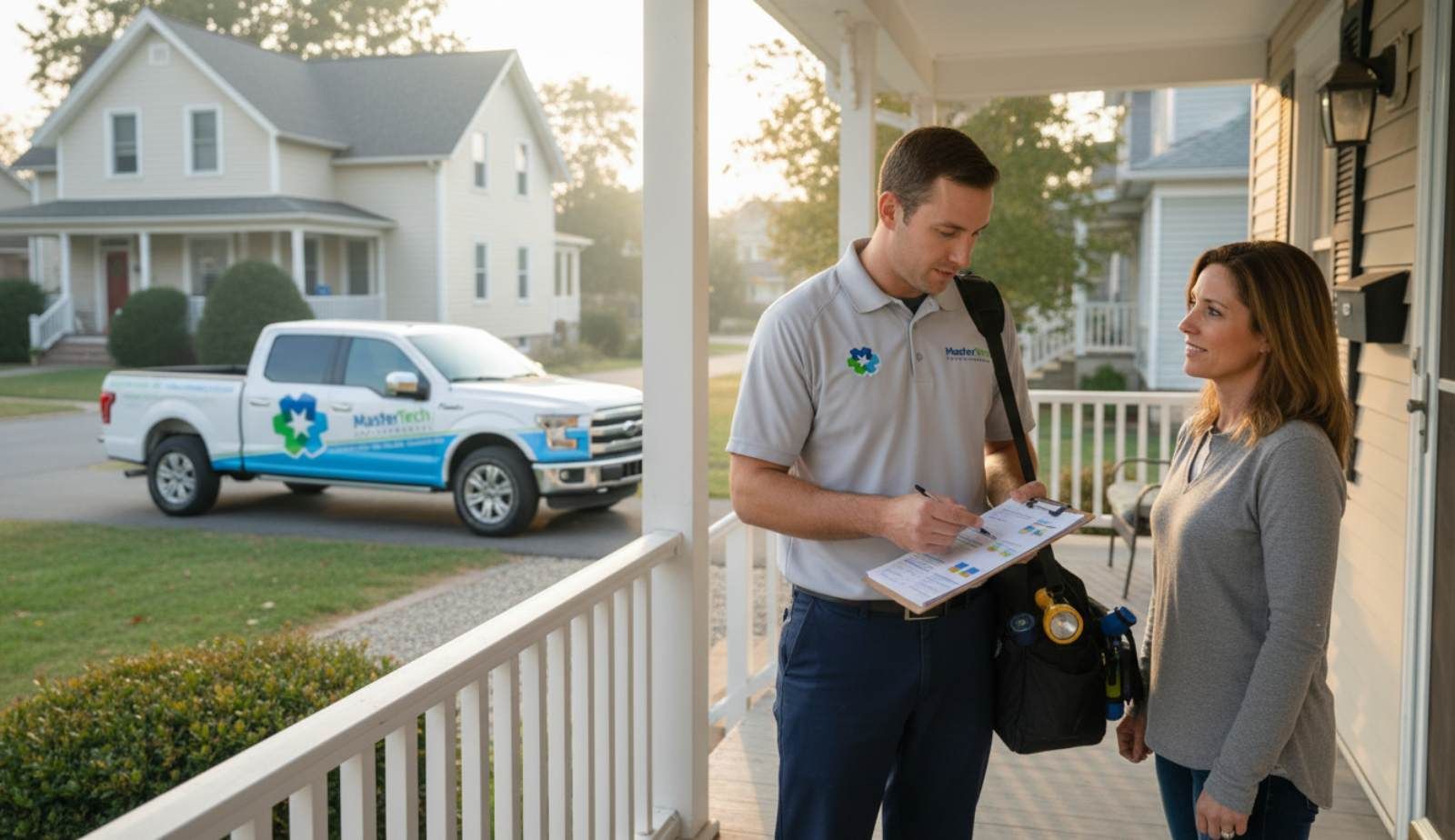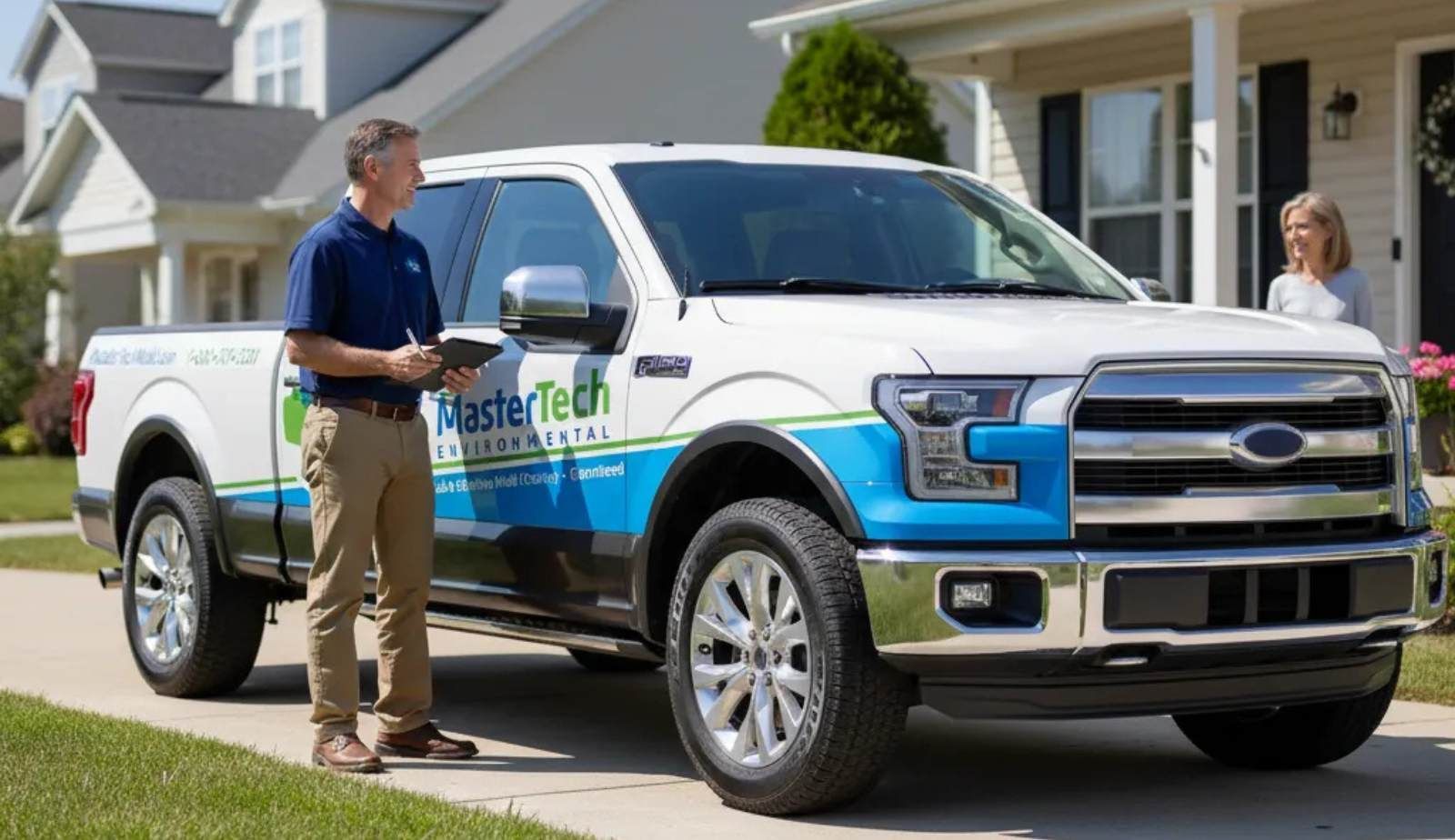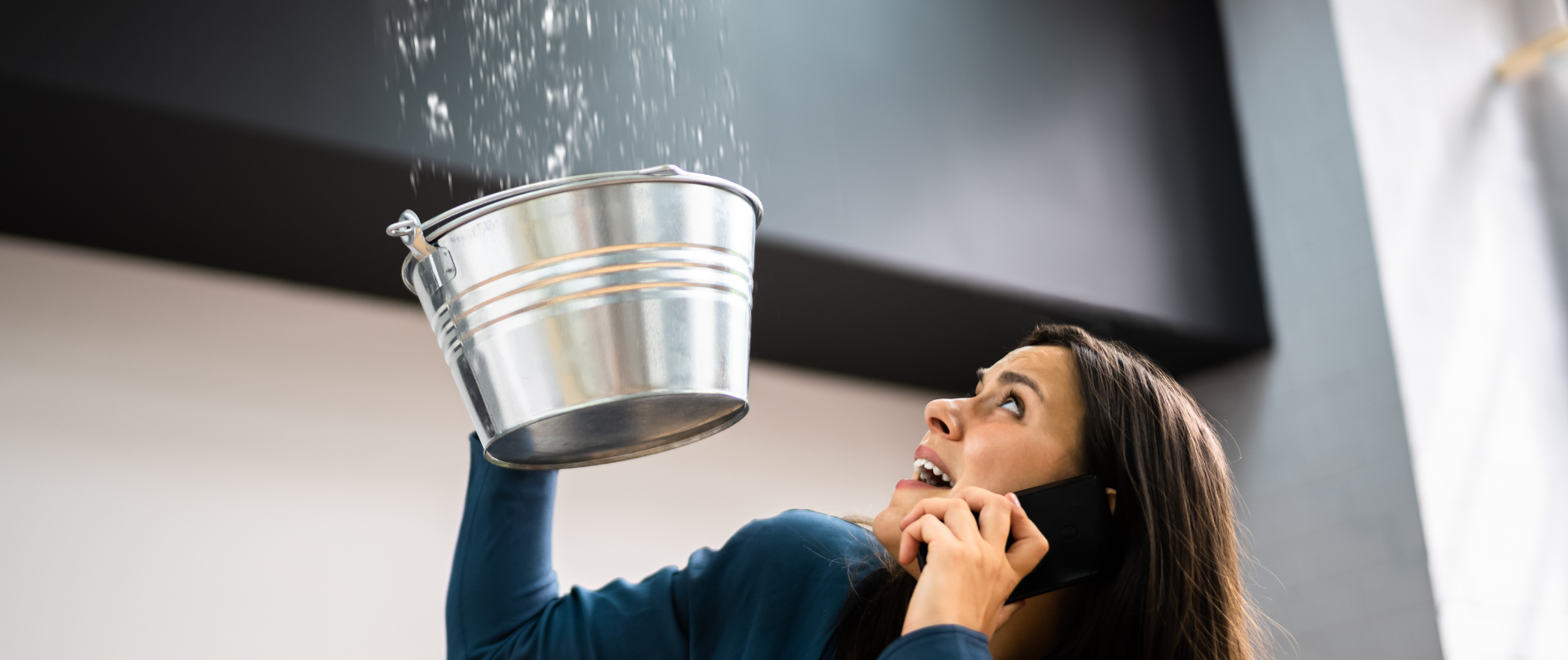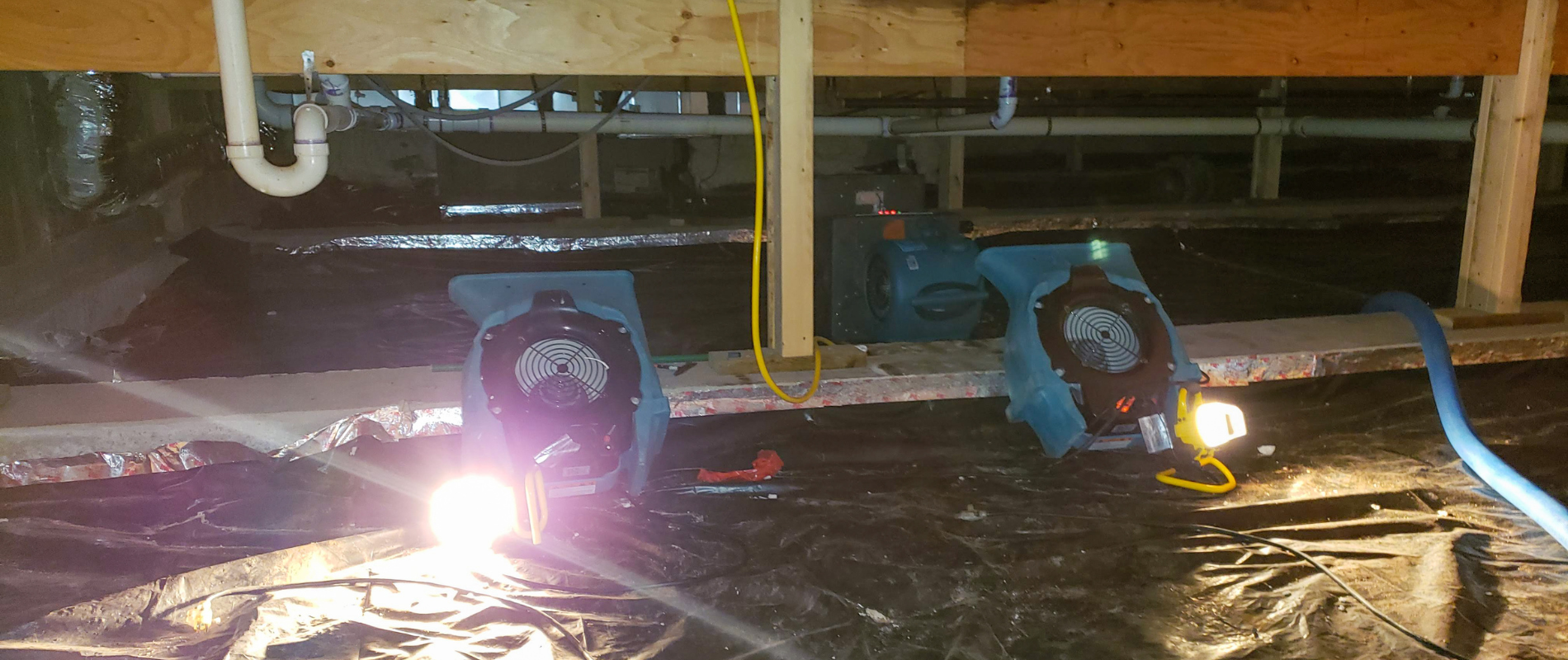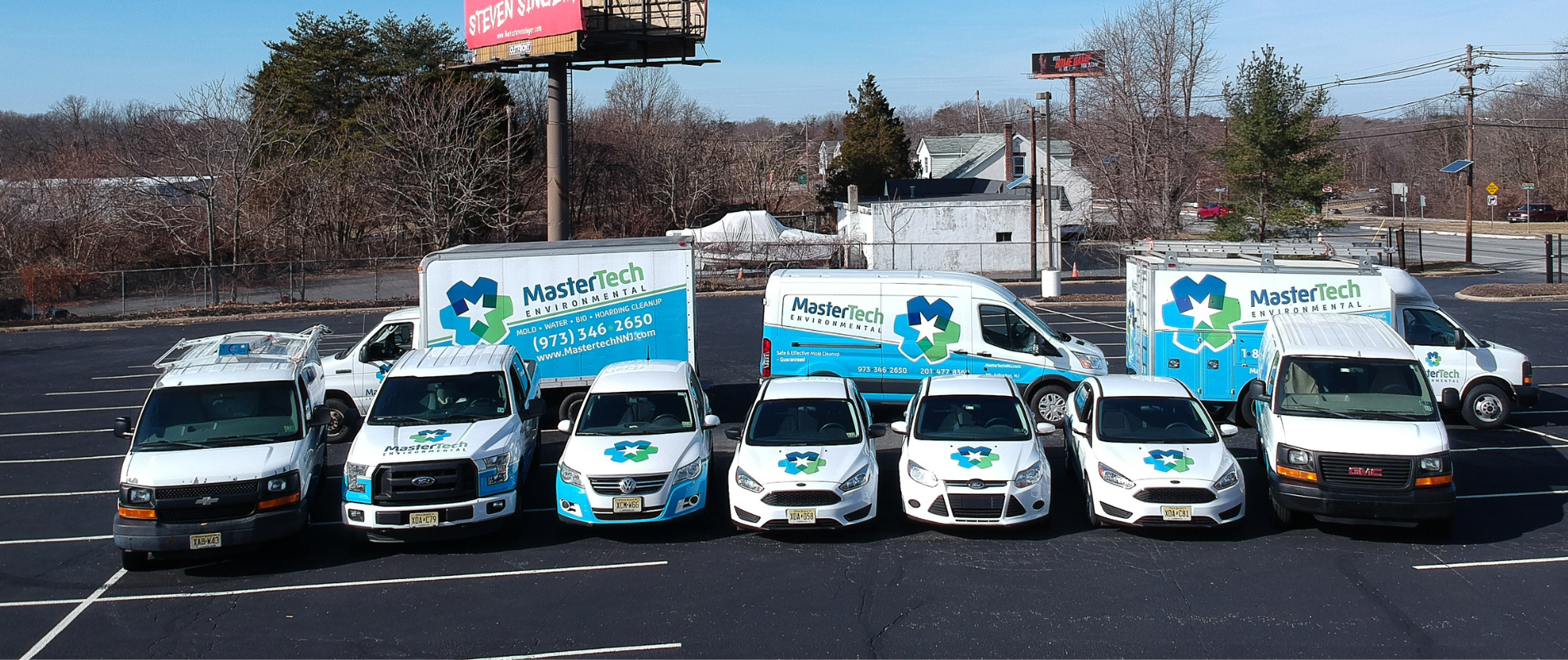A Comprehensive Water Damage Checklist to Follow Immediately After A Water Leak or Flood
Water damage can be one of the most difficult and destructive events a homeowner can experience.
It can happen for many reasons, such as a leaky pipe, a broken appliance, or a sewer backup. Regardless of the cause, there are specific steps you must take to minimize the damage until a professional can assess the situation. Here is a comprehensive checklist to help you care for the short-term and long-term integrity of your home.
Step 1: Find the Source of the Water
The first thing you need to do after discovering standing water in your home is to locate the source of the water. You should stop the water immediately to prevent further damage to your home and belongings. This may mean turning off the water supply to your home or calling a professional for help.
Step 2: Move Valuables / Turn Off Power to Home
To prevent further damage, you need to take preventative steps to protect your home and belongings. Turn off the power in your home to avoid electrical hazards. Move your valuables to an area that was not exposed to water or to a friend or family member's house until your home is restored.
Step 3: Contact Your Insurance Company
Once you have the situation under control and your home is no longer in immediate danger, contact your insurance company. Get a quote so that you have an idea of what will and will not be covered. Ask them for a list of companies that they have contracts with to help you in your process. Be sure to take pictures of everything so that there is no question later about what was damaged or not.
Step 4: Repair the Water Damage
Water damage can cause severe damage to your home, so start the repairs as soon as possible to prevent mold and structural damage. Contact a water damage restoration company like Mastertech Environmental to help you clean and repair your home properly.
Step 5: Dry Your Home
It is crucial to start drying out your home as soon as possible. This means removing water and using fans to get rid of the humidity present in the home. You can use a variety of different equipment like a wet-vac or dehumidifiers to help. Let the fans run for a few days to remove all humidity and help get your home back to normal. (Do not use fans or dehumidifiers in rooms with verified mold).
Step 6: Check for Mold
Mold can grow within 24 hours after water damage. Inspect your house thoroughly for mold in the carpets, behind floor trim, walls, drywall, flooring and more. Contact a professional mold remediation company like DryMax Water - Fire - Mold Restoration to look for mold and help you remove it if it is discovered.
Step 7: Returning to Your Home
During the entire repair and remediation process, you may need to stay at a hotel or with family and friends. It may take a few weeks to get your home back to normal. Try not to live or move back into your home until it has thoroughly been inspected for mold or structural damage. Once you are given the 'all clear' you can move back in.
Water damage can cause severe health complications in addition to home damage if left untreated.
It may not appear as a major issue right away, but should always be taken care of as soon as possible. Use this guide to help you navigate through one of the most frustrating and overwhelming home situations you can experience as a homeowner.
Click To learn more about Mastertech Environmental Franchises and our consumer services
Get in Touch
Contact Us
Don't be a stranger!
30 Broad St, Unit 7
Denville, New Jersey 07834
